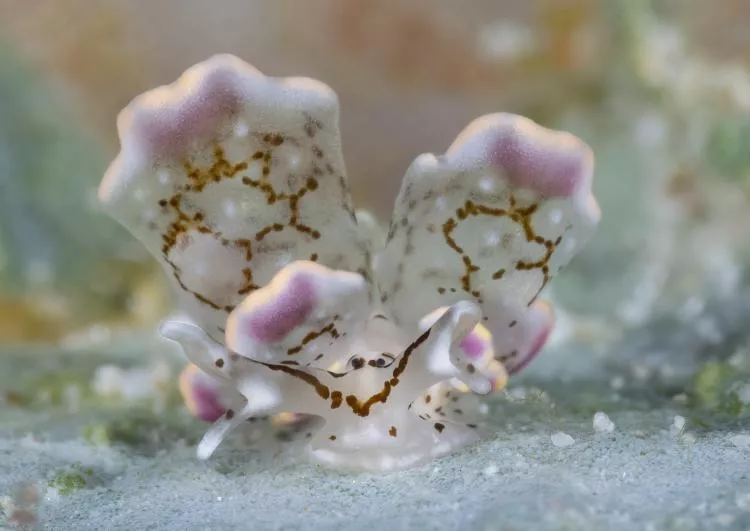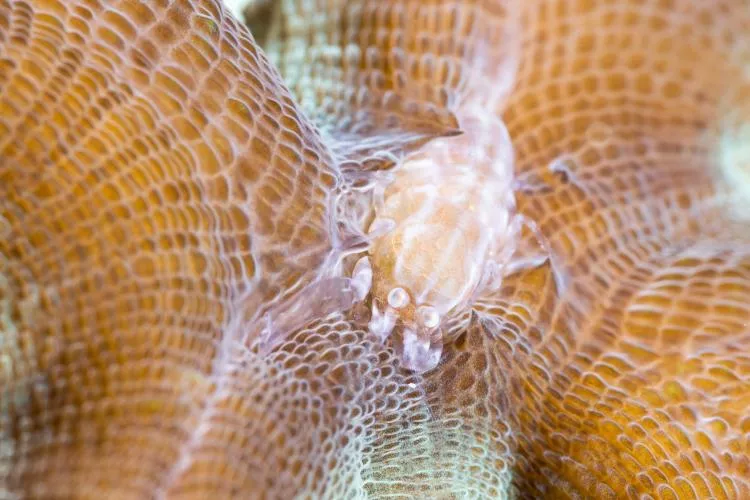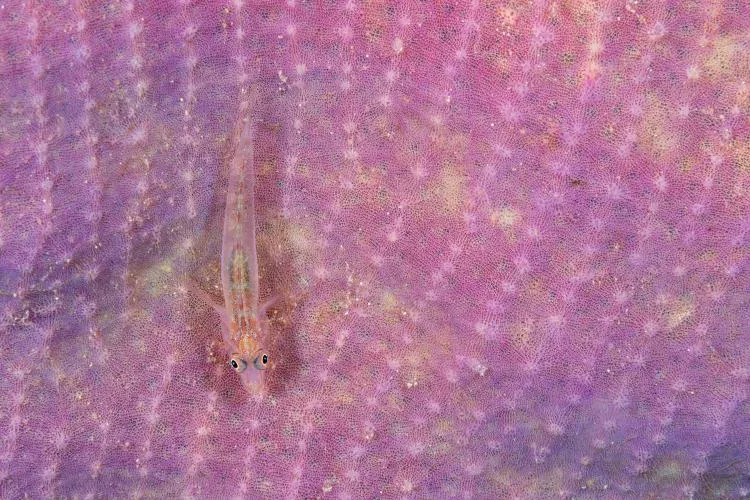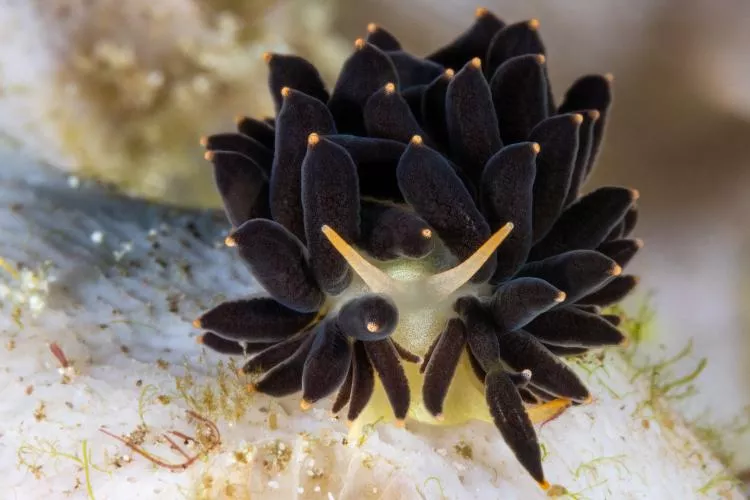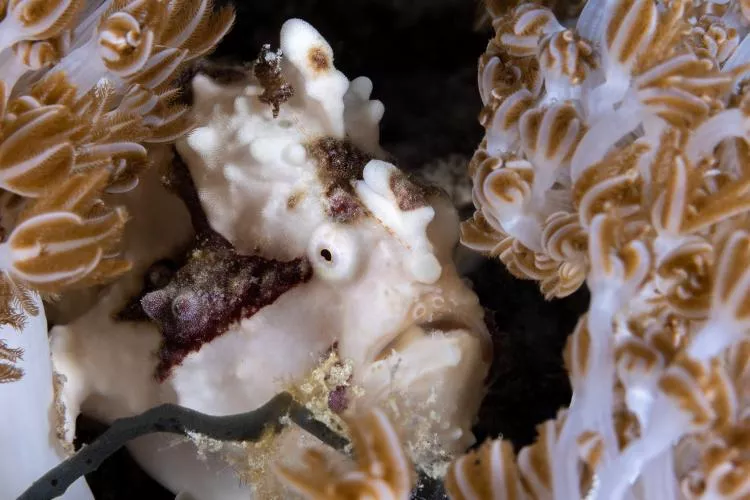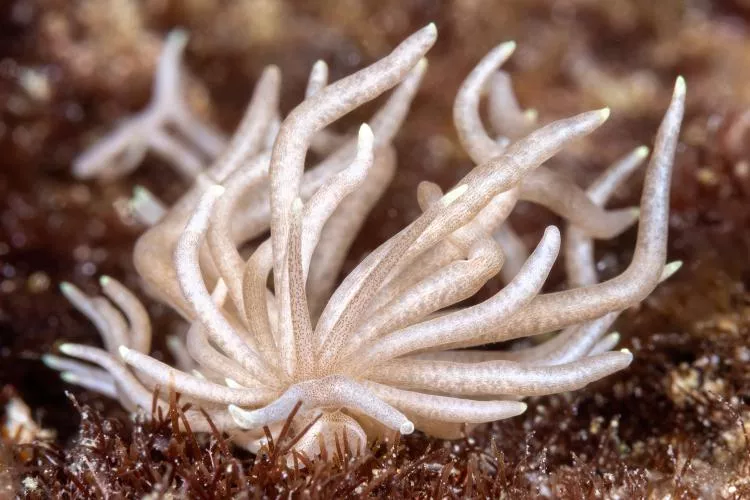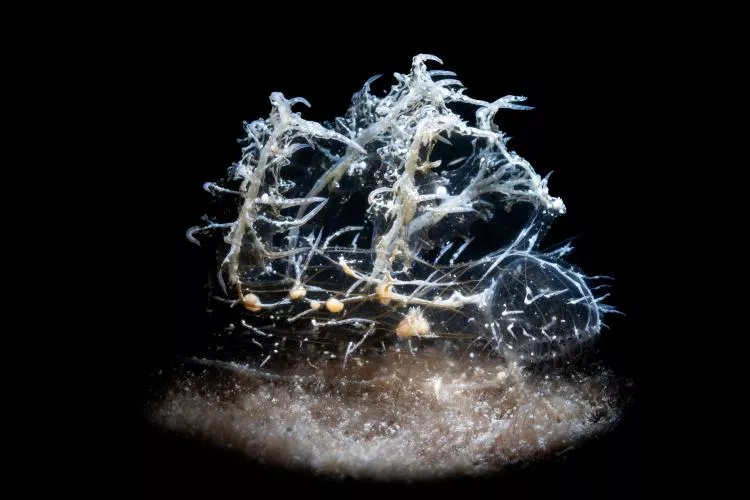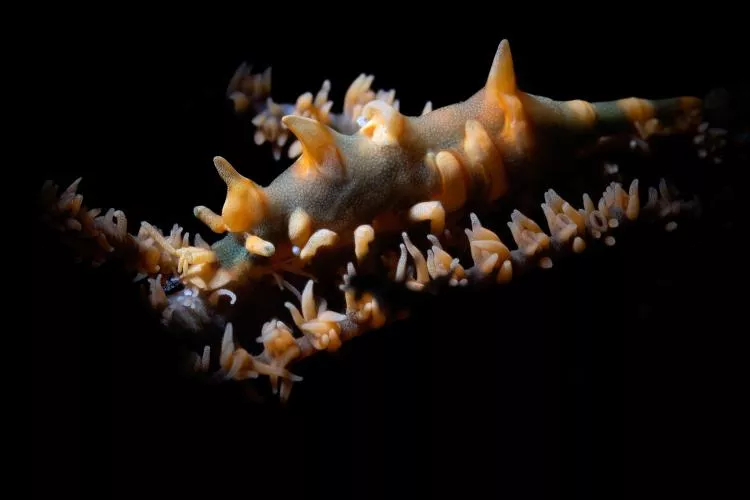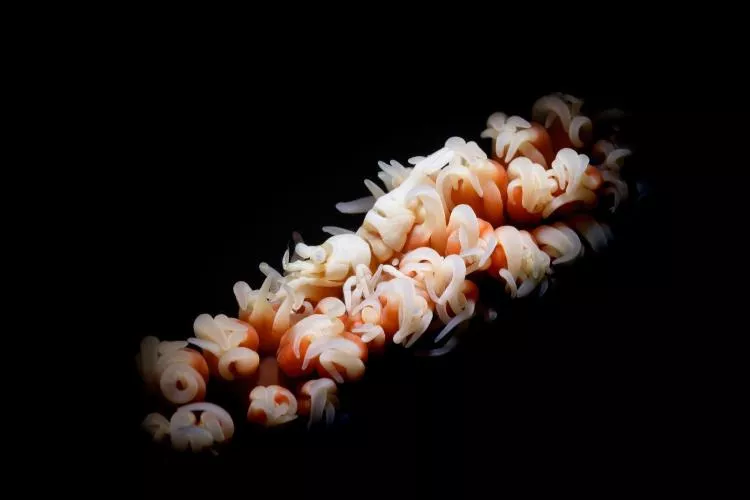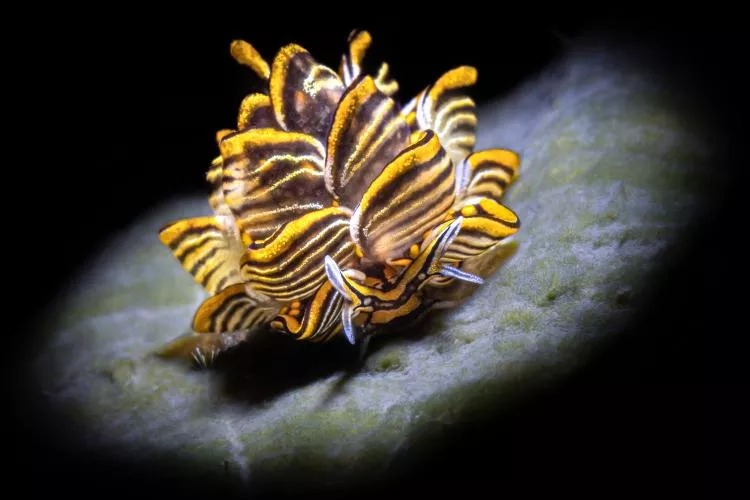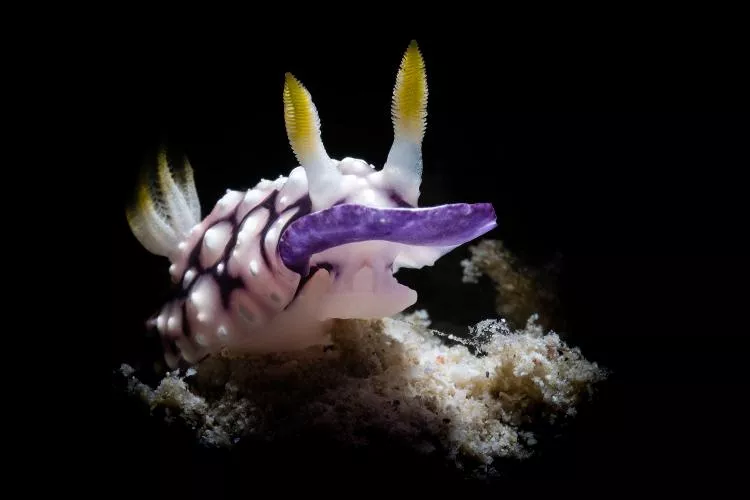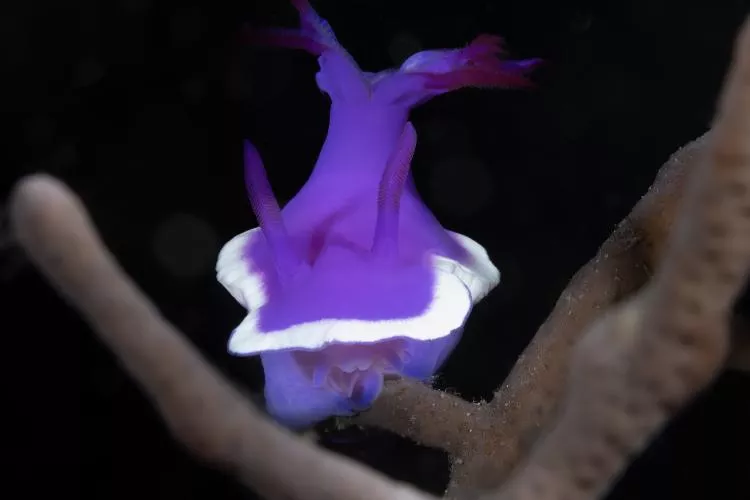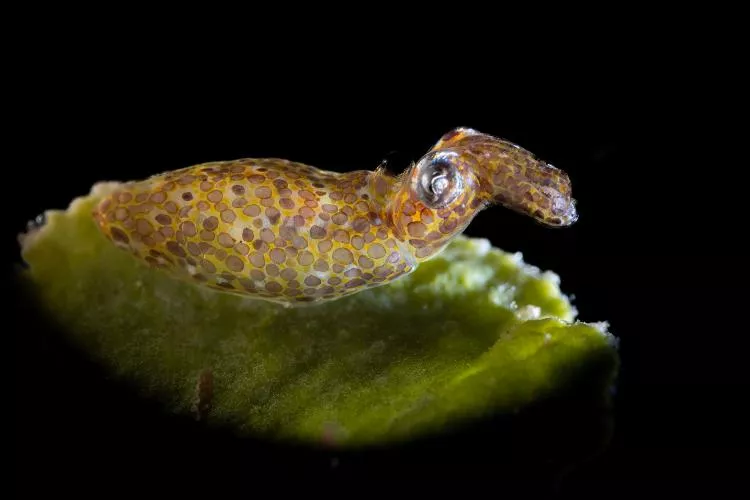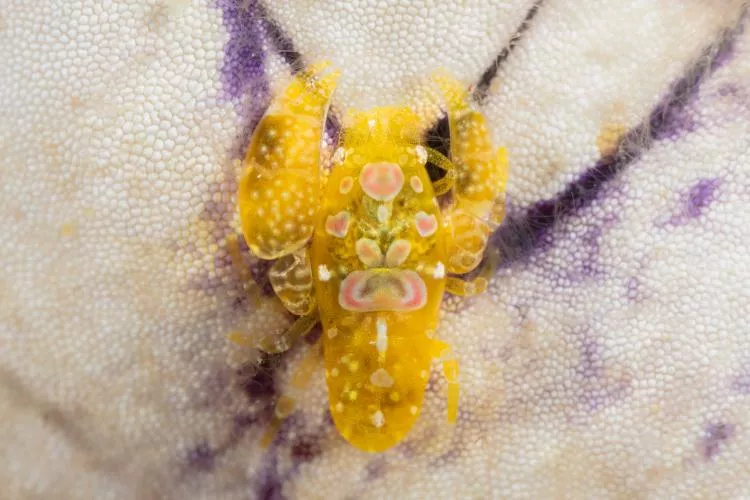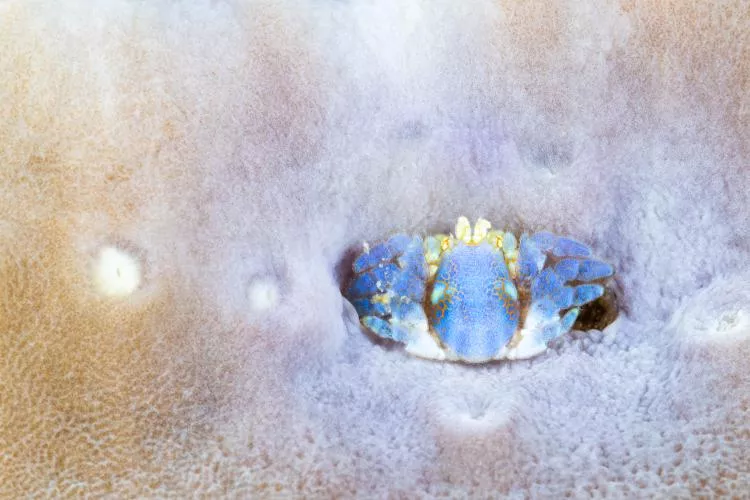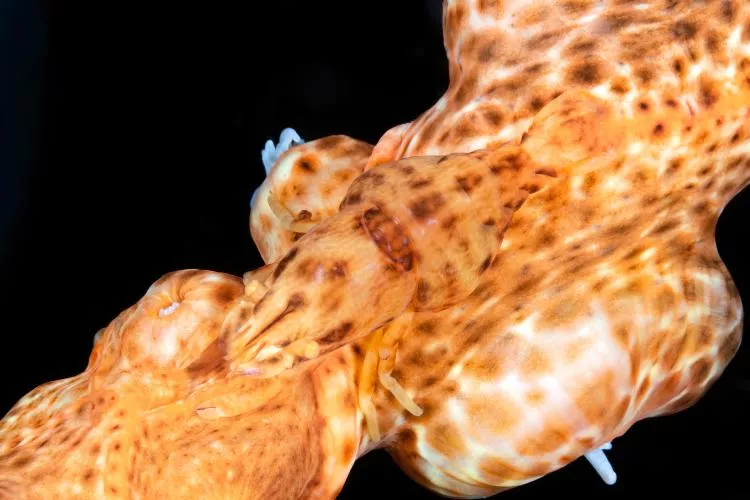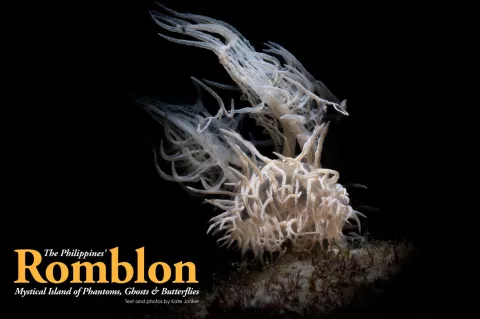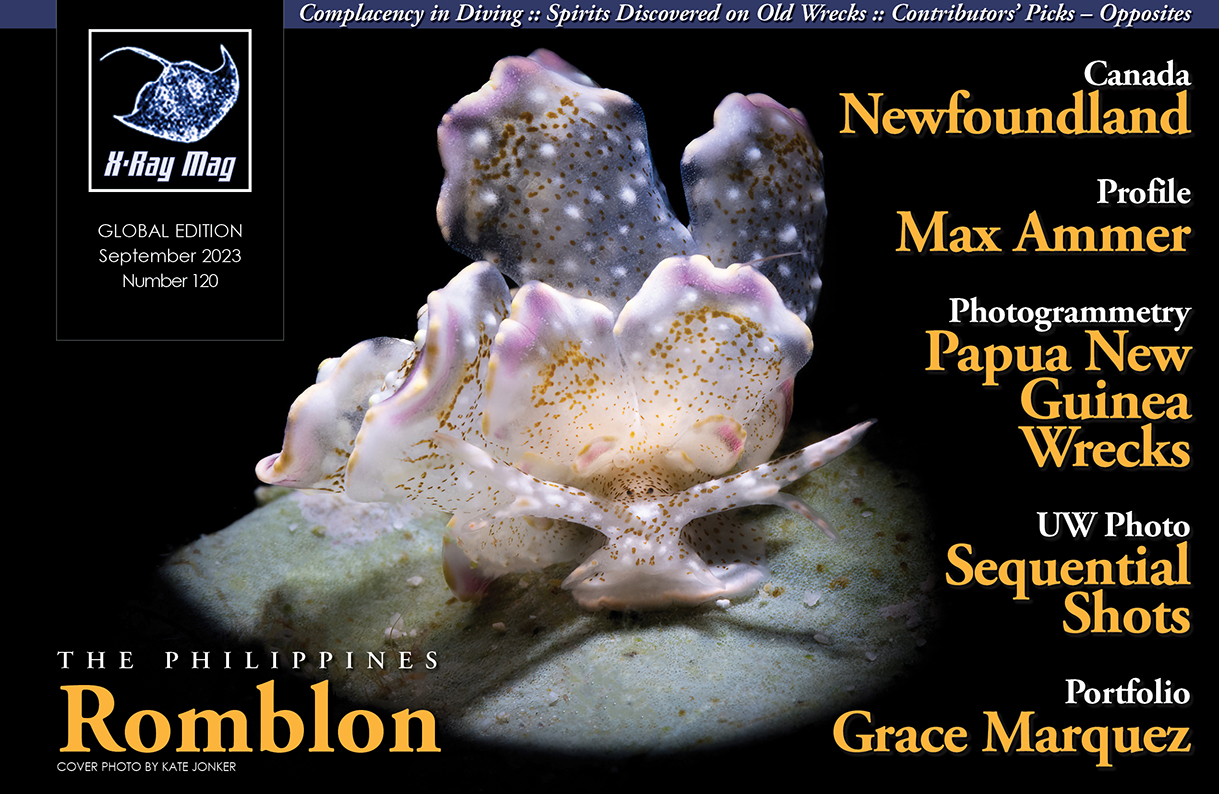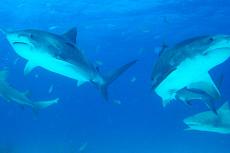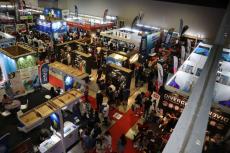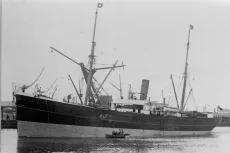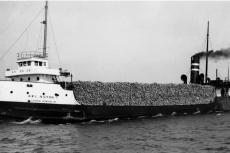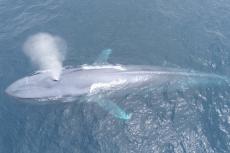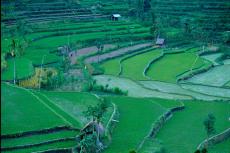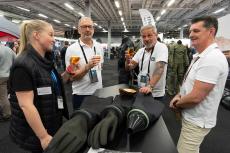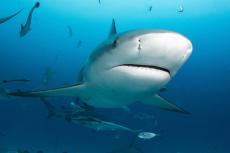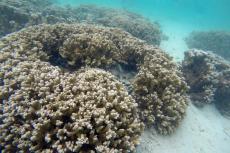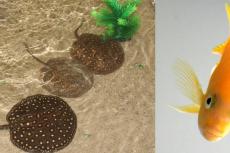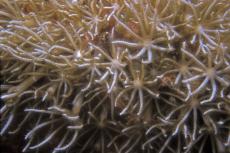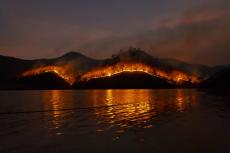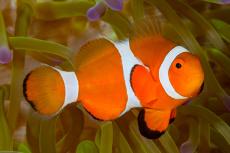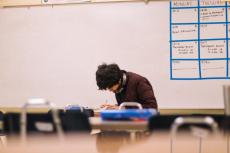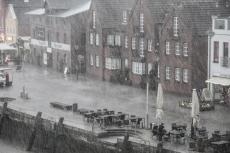Nestled in the heart of the Philippines is a hidden gem of an island called Romblon, located in the Mimaropa region. Kate Jonker takes us there to discover the underwater treasures and rare marine species that beckon divers and photographers from all over the world.
Contributed by
Factfile
FACT FILE: ROMBLON, PHILIPPINES
Getting there. Fly from Manila to Tablas Island on a Tuesday, Thursday and Saturday on Air Swift. Return flights are on the same days. Once on Tablas Island, catch a private van to St Augustine pier, followed by a boat ride to Romblon Island. The Three P Beach Resort (3P) can arrange transport from Tablas Island Airport to their resort for you.
Alternatively, one can fly to Manila and take a public bus or book a private van from Manila to Batangas Pier, then catch a direct overnight ferry from Batangas to Romblon (Starlite Ferries). Depending on your arrival date, you might need to book a ferry (2Go Travel) via Tablas Island (Odiongan), followed by a private van to take you to St Augustine and a boat ride to Romblon Island. The 3P resort can arrange transport from Manila’s international airport to the resort for you.
Visa. Passport holders from most countries can visit visa-free for up to 30 days, although it is always best to check the Philippine Embassy website for your country before travelling.
Language. Filipino and English are both official languages of the Philippines, and you should be able to get by speaking English in Romblon.
Currency. The current exchange rate of the Philippine Peso (PHP) to the US Dollar (USD) is 1 USD = 55.53 PHP.
Electricity. All outlets are good for standard European (two round pins) sockets, and US-American plugs. The standard voltage is 220 V in the Philippines (the frequency is 60 Hz). Your appliances are suitable for usage in the Philippines if the standard voltage in your home country is in between 220 and 240 V (Europe, United Kingdom, Australia and most of Asia and Africa).
“Ladies and gentlemen, please note that all flights have been cancelled until further notice. We will keep you updated.” A feeling of cold dread washed over me—we still had another flight and a ferry to catch, and time was running out. Were we going to make it? And what would happen if we did not?
It was with a rollercoaster of emotions that we embarked on our journey to Romblon in the Philippines in May 2023. We had been eagerly awaiting this dive trip for three long years, and with the Covid-related travel restrictions finally behind us, we could not wait to make the most of it.
But as we sat at Changi Airport in Singapore, we were hit with the news that all flights to Manila were cancelled due to a thunderstorm. My heart sank as I peered gloomily out of the terminal windows, watching the sheets of rain and lightning flashes. It seemed like our dreams were about to be shattered once again.
Thankfully, the thunderstorm eventually passed, and we landed in Manila, but another storm of delays awaited us there. Our disembarkation was postponed by 30 minutes, and we found ourselves two hours behind schedule. To add to our worries, our drivers, who were supposed to take us to Batangas Port for the 19:00 ferry check-in deadline, looked visibly anxious.
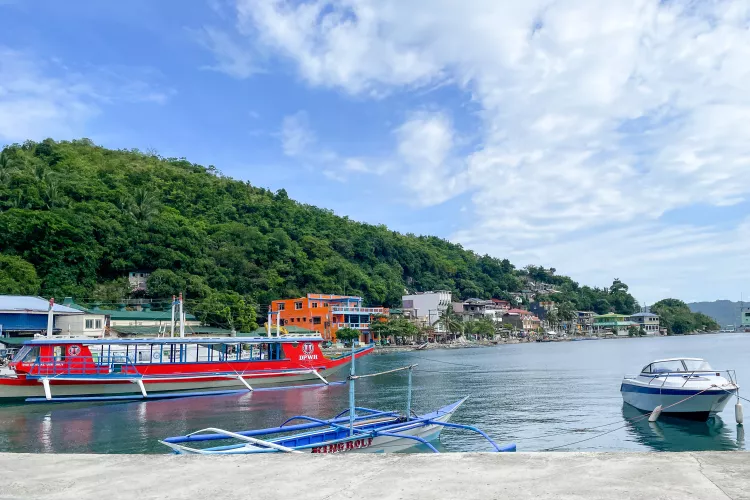
As we left the airport, I could not help but express my nervousness to our driver about making it to the port in time as I knew it took three hours to travel from Manila to Batangas Port. It was already 4 p.m., the clock was ticking, and we were stuck in the middle of Manila’s Friday afternoon rush-hour traffic jam.
I will try, but I’m not sure,” our driver replied, skilfully navigating through the grid-locked afternoon traffic at breakneck speed.
Incredibly, just before we approached the two-hour mark, we saw our first signs for Batangas and knew we were there! Safe and sound, albeit feeling a bit shell-shocked, we were also immensely relieved. It had been an intense race against time and the elements, but we made it! Our long-awaited dive trip to Romblon was still within our grasp.
Finally, as the ferry set sail at 10 p.m. that evening, leaving Manila and its challenges behind, we looked forward to the adventures and beauty that awaited us in Romblon.
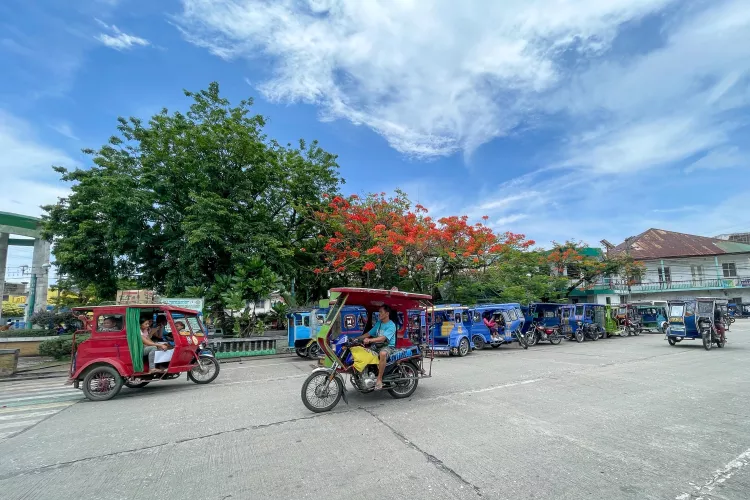
Romblon
Romblon Island is a hidden gem nestled in the heart of the Philippines. Not only is this enchanting island known as the marble capital of the Philippines, but it also boasts a vibrant ecosystem, lush rainforests and a mystical world that lies beneath the ocean’s surface.
As an avid diver and underwater photographer, this destination had long been on my bucket list due to its high probability of encountering rare butterfly, phantom and ghost nudibranchs, as well as other elusive marine species rarely found elsewhere.
Getting to Romblon
Getting to Romblon Island requires some logistical planning and patience, with two main options available. The first involves flying from Manila to Romblon’s neighbouring Tablas Island and then taking a boat to Romblon Island. The second option, which was the one we chose, entails a three-hour road trip from Manila to Batangas Port, followed by a 10-hour overnight ferry to Tablas Island, a two-hour drive across Tablas Island, and finally, a one-hour boat trip to reach Romblon Island.
As we arrived on Romblon Island, we were greeted with the local form of transport—tricycles. These unique vehicles consist of a motorcycle with a sidecar and a back seat. Deon, my husband, and I squeezed into the sidecar, designed for the more finely built Filipinos, while our luggage occupied the back seat. With our driver at the helm, we set off along a winding coastal road, our eyes wide with wonder as we took in the lush green jungle, local houses in various shapes and colours, bustling schools and little roadside shops, with glimpses of a turquoise ocean in-between. The journey led us to our dive resort, where we finally disembarked, peeling ourselves out of the front seat.

Staying in Romblon
We had decided to make The Three P Beach Resort and Ducks Diving Romblon, affectionately known as “3P,” our home for the duration of our stay in Romblon. Established in 2009 by the three brothers: Peter, Philipp and Patrick, this laid-back resort on Romblon Island promised to be the perfect destination for our group.
Hailing from South Africa, Hawaii, Mozambique, Dubai and Saudi Arabia, our group of 13 divers received a warm welcome from the owners, Kati and Philipp, and Chef David. They guided us to our comfortable en-suite rooms, which had been thoughtfully designed with underwater photographers in mind. The well-equipped rooms featured spacious worktables, ample lighting and numerous power points for charging camera batteries—perfect for preparing and organising underwater photography gear.
Once settled, we gathered in the resort’s dining room on the top floor of the main building to complete necessary paperwork and indulge in a much-needed lunch. From this vantage point, we were treated to breath-taking views of lush gardens and trees, where yellow sugarbirds flitted among vibrant frangipani flowers, serenading us with their cheerful melodies.
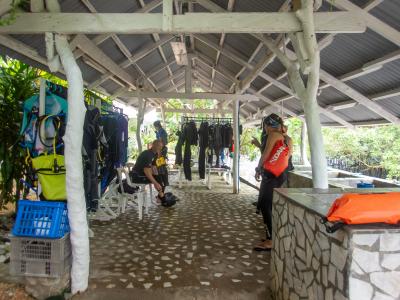
Throughout our stay, Chef David delighted us with a gastronomic feast. His diverse culinary skills were showcased in a range of dishes, ranging from traditional Filipino, right through to Italian cuisine. Each morning, he sourced the freshest ingredients from the local market. Breakfasts offered a variety of options, including fresh fruit, bread, cheese, cold cuts, pancakes and eggs cooked to order. Our lunches were hearty cooked meals, and dinners consisted of a delectable trio—starter, main course and dessert.
The dive centre
The dive centre is designed and fully equipped to meet the needs of divers and underwater photographers alike. There is a wet area where we could rinse and hang our gear, along with a dedicated freshwater tank for cleaning our underwater photography equipment. The attention to detail ensured a seamless and enjoyable experience for all the underwater enthusiasts in our group.
Our daily schedule kicked off with breakfast at 7 a.m., followed by a meet-up on the boat at 8 a.m. In the morning, we enjoyed two dives, returned to the resort for lunch and to change camera batteries, and then embarked on a third dive at 3 p.m. On some occasions, we stayed on the boat for a night dive around 6 p.m.
During our visit in late May, the water temperature in Romblon averaged around 29°C (∼ 84°F). Most of us opted for 3mm wetsuits, which suited the conditions well. I personally found wearing a hoodie helpful for ear protection.
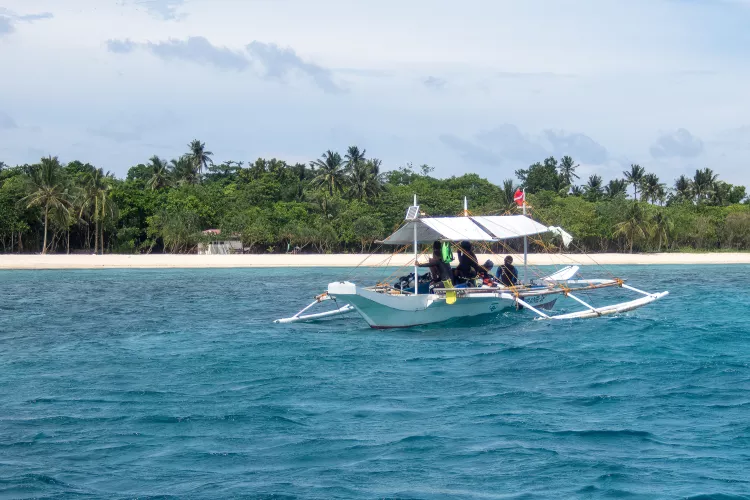
The dive boats
We used traditional Bangka boats for diving, with one dive guide for every four divers. With our boat accommodating six divers, we had two dive guides, Bobby and Rolly, who stayed with us throughout the trip. They were incredibly helpful and even insisted on carrying our heavy camera gear to and from the boat for us.
Once on board, we kept our cameras at our feet since there was not a designated area for them. Although we had to be careful not to step on them, it was not much of an issue since only three out of the six divers on our boat were photographers.
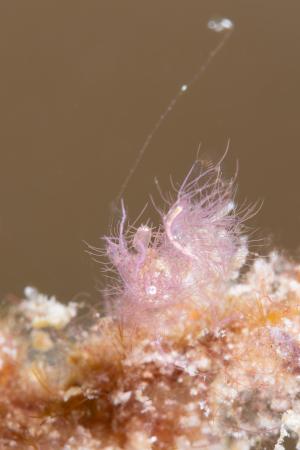
The captain and the team were very accommodating and professional, assisting us with our gear and providing towels and hot ginger tea between dives. These thoughtful gestures were highly appreciated, especially as our trip coincided with the arrival of Typhoon Betty, bringing fierce winds and lots of rain for most of our stay, making some surface intervals quite chilly.
The diving
For the first part of our trip, the wind and rain were so strong that the boats had to be moved to a more sheltered spot. Even the schools were shut for two days! This did not thwart our diving, although it did mean The 3P had to arrange for us to be taken to the boats in minibuses and on tricycles (which was quite a novelty).
While our diving was limited to the more sheltered dive sites due to the weather conditions, by the end of our visit, we had explored a total of 20 different dive sites and completed 29 dives. Our underwater adventures took us around Bangug, a small island near Bonbon Beach, across the bay to Logbon Island, and closer to Romblon Town itself.
Most dives began at around 5m, starting off as vibrant coral gardens or sandy seagrass beds, then dropping down sandy slopes with coral outcrops or steep-sided coral reefs to depths of approximately 30m. On most dives, the visibility averaged between 20 to 30 metres.
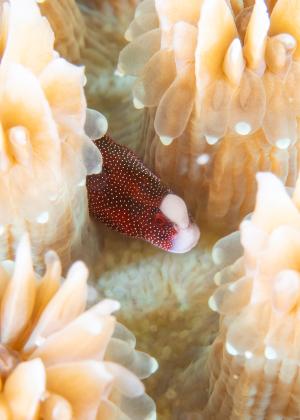
At the beginning of each dive, Bobby and Rolly guided us to the deeper sections of the reef, where they promptly found interesting subjects like leopard shrimps or Denise’s pygmy seahorses for us to photograph. We would then leisurely ascend the slope, listening out for the tell-tale “ting-ting” from our guides as they tapped their cylinders to attract our attention. We would eagerly swim back and forth between them, capturing the abundant marine life Romblon had to offer. Dive times had no restrictions, so most of us surfaced after around 70 to 80 minutes. Safety stops were usually carried out at the shallower parts of the reef, just under the boat.
Towards the end of the trip, we decided to revisit some of our favourite dive sites. Among them were Logbon Sanctuary for its Cyerce nudibranchs, Sandslope where “Shaun the Sheep” nudibranchs could be found in the shallows, Logbon Mangroves for the Melibe nudibranchs, and Coral Canyon for its beautiful healthy hard and soft corals, as well as schools of fish.
The critters
Romblon is renowned for its elusive and rare critters, and it is worth noting that many of them are incredibly small, measuring only 2 to 5mm in size. Their exceptional camouflage also makes them a challenge to spot, and I struggled to find them for the first couple of days. Bobby and Rolly skilfully used their pointers to lead us to these hidden creatures, and I found that following their pointers downwards through my viewfinder really helped locate the critters’ positions.
Shrimp enthusiasts will be captivated by the variety of shrimps in Romblon, and the tiny Sashimi shrimp found on night dives is particularly enthralling. Crab enthusiasts will appreciate the stunning array of tiny crabs, especially the beautiful little coral gall crabs. Fish lovers will enjoy spotting the endemic fish, while seahorse and pipefish enthusiasts will test their patience with some of the most uncooperative subjects on the reef. Nudibranch fanatics will be in awe of the rare and wonderful species found here, and Romblon does not disappoint.
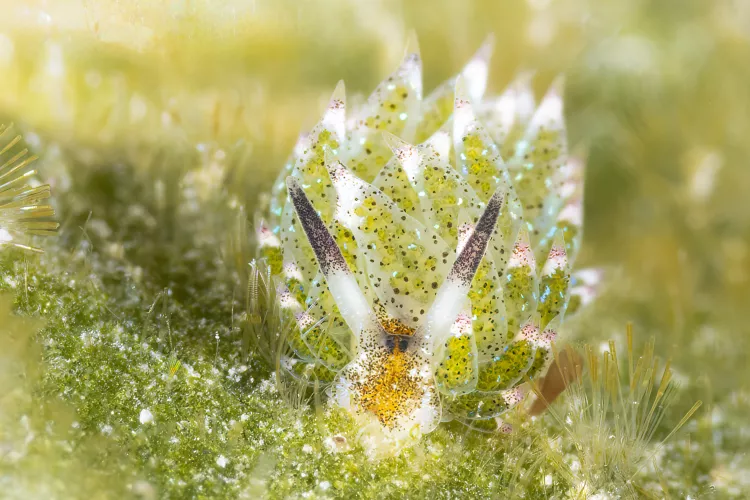
In just two days, Bobby and Rolly astonished us with their discoveries of phantom nudibranchs (Melibe colemani), ghost nudibranchs (Melibe engeli), and the beautiful butterfly sacoglossan sea slugs, Cyerce nigraand Cyerce sp., along with the tiny “Shaun the Sheep” sacoglossan sea slug (Costasiella kuroshimae). They also found the rare and incredibly difficult-to-photograph Braun’s pughead pipefish (Bulbonaricus brauni) and the glittering pipefish (Halicampus nitidus) hidden deep inside their hard coral homes.
The variety of nudibranchs, shrimps, crabs and fishes we encountered during our stay at The Three P was extensive. The photos in this article represent just a fraction of what we witnessed. Bobby and Rolly consistently went above and beyond to find us fascinating subjects to capture. Throughout our underwater explorations, we felt truly pampered.
Overall, our diving experience in Romblon was awe-inspiring. The dedication and expertise of our guides, combined with the abundance of unique marine life, surpassed our expectations. Despite the challenges posed by Typhoon Betty, we managed to capture extraordinary images and create unforgettable memories in this remarkable underwater paradise.
Other highlights
While Romblon is a haven for scuba diving and underwater photography, the island offers more to explore. Embark on a motorbike or tricycle tour to discover Romblon’s Botanical Garden, Agpanabat Scenic Point and Fort San Andres—a historic Spanish fort with panoramic views of Romblon Town. Visit the beautiful St Joseph Church, a National Cultural Treasure, or indulge in a refreshing drink at Sunbird Ridge while enjoying breath-taking views of the bay. Romblon’s pristine beaches invite visitors to relax and soak in the island’s natural beauty.

